
In physics, electromagnetic radiation (EMR) is the set of waves of an electromagnetic (EM) field, which propagate through space and carry momentum and electromagnetic radiant energy.

An electromagnetic field is a physical field, mathematical functions of position and time, representing the influences on and due to electric charges. The field at any point in space and time can be regarded as a combination of an electric field and a magnetic field. Because of the interrelationship between the fields, a disturbance in the electric field can create a disturbance in the magnetic field which in turn affects the electric field, leading to an oscillation that propagates through space, known as an electromagnetic wave.
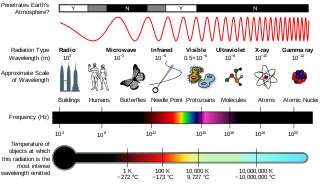
The electromagnetic spectrum is the full range of electromagnetic radiation, organized by frequency or wavelength. The spectrum is divided into separate bands, with different names for the electromagnetic waves within each band. From low to high frequency these are: radio waves, microwaves, infrared, visible light, ultraviolet, X-rays, and gamma rays. The electromagnetic waves in each of these bands have different characteristics, such as how they are produced, how they interact with matter, and their practical applications.
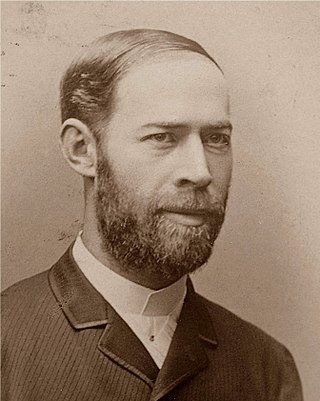
Heinrich Rudolf Hertz was a German physicist who first conclusively proved the existence of the electromagnetic waves predicted by James Clerk Maxwell's equations of electromagnetism. The SI unit of frequency, the hertz (Hz), is named after him.

Physics is a branch of science in which the primary objects of study are matter and energy. These topics were discussed by philosophers across many cultures in ancient times, but they had no means to distinguish causes of natural phenomena from superstitions. The scientific revolution of the 17th century, especially the discovery of the law of gravity, began a process knowledge accumulation and specialization that gave rise to the field of physics. Mathematical advances of the 18th century gave rise to classical mechanics and the increased used of the experimental method lead new understanding of thermodynamics. In the 19th century, the basic laws of electromagnetism and statistical mechanics were discovered. Physics was transformed by the discoveries of quantum mechanics, relativity, and atomic theory at the beginning of the 20th century. Physics today may be divided loosely into classical physics and modern physics.

Light, visible light, or visible radiation is electromagnetic radiation that can be perceived by the human eye. Visible light spans the visible spectrum and is usually defined as having wavelengths in the range of 400–700 nanometres (nm), corresponding to frequencies of 750–420 terahertz. The visible band sits adjacent to the infrared and the ultraviolet, called collectively optical radiation.
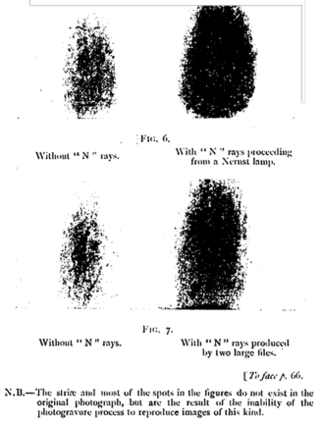
N-rays were a hypothesized form of radiation described by French physicist Prosper-René Blondlot in 1903. They were initially confirmed by others, but subsequently found to be illusory.

Optics is the branch of physics that studies the behaviour and properties of light, including its interactions with matter and the construction of instruments that use or detect it. Optics usually describes the behaviour of visible, ultraviolet, and infrared light. Light is a type of electromagnetic radiation, and other forms of electromagnetic radiation such as X-rays, microwaves, and radio waves exhibit similar properties.
A photon is an elementary particle that is a quantum of the electromagnetic field, including electromagnetic radiation such as light and radio waves, and the force carrier for the electromagnetic force. Photons are massless particles that can move no faster than the speed of light measured in vacuum. The photon belongs to the class of boson particles.

In physics, radiation is the emission or transmission of energy in the form of waves or particles through space or a material medium. This includes:
Atomic, molecular, and optical physics (AMO) is the study of matter–matter and light–matter interactions, at the scale of one or a few atoms and energy scales around several electron volts. The three areas are closely interrelated. AMO theory includes classical, semi-classical and quantum treatments. Typically, the theory and applications of emission, absorption, scattering of electromagnetic radiation (light) from excited atoms and molecules, analysis of spectroscopy, generation of lasers and masers, and the optical properties of matter in general, fall into these categories.
Timeline of electromagnetism and classical optics lists, within the history of electromagnetism, the associated theories, technology, and events.

Armand Hippolyte Louis Fizeau was a French physicist who, in 1849, measured the speed of light to within 5% accuracy. In 1851, he measured the speed of light in moving water in an experiment known as the Fizeau experiment.
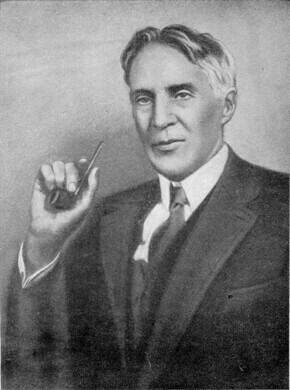
Robert Williams Wood was an American physicist and inventor who made pivotal contributions to the field of optics. He pioneered infrared and ultraviolet photography. Wood's patents and theoretical work inform modern understanding of the physics of ultraviolet light, and made possible myriad uses of UV fluorescence which became popular after World War I. He published many articles on spectroscopy, phosphorescence, diffraction, and ultraviolet light.
Experimental physics is the category of disciplines and sub-disciplines in the field of physics that are concerned with the observation of physical phenomena and experiments. Methods vary from discipline to discipline, from simple experiments and observations, such as Galileo's experiments, to more complicated ones, such as the Large Hadron Collider.

In electronics, a Lecher line or Lecher wires is a pair of parallel wires or rods that were used to measure the wavelength of radio waves, mainly at VHF, UHF and microwave frequencies. They form a short length of balanced transmission line. When attached to a source of radio-frequency power such as a radio transmitter, the radio waves form standing waves along their length. By sliding a conductive bar that bridges the two wires along their length, the length of the waves can be physically measured. Austrian physicist Ernst Lecher, improving on techniques used by Oliver Lodge and Heinrich Hertz, developed this method of measuring wavelength around 1888. Lecher lines were used as frequency measuring devices until inexpensive frequency counters became available after World War 2. They were also used as components, often called "resonant stubs", in VHF, UHF and microwave radio equipment such as transmitters, radar sets, and television sets, serving as tank circuits, filters, and impedance-matching devices. They are used at frequencies between HF/VHF, where lumped components are used, and UHF/SHF, where resonant cavities are more practical.
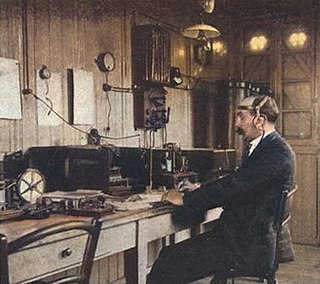
The invention of radio communication was preceded by many decades of establishing theoretical underpinnings, discovery and experimental investigation of radio waves, and engineering and technical developments related to their transmission and detection. These developments allowed Guglielmo Marconi to turn radio waves into a wireless communication system.
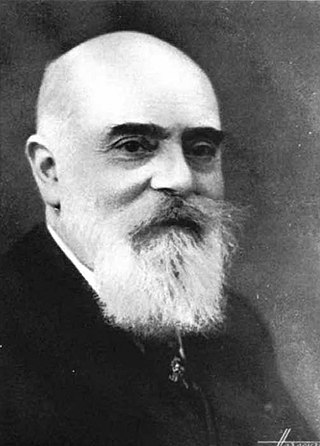
Henri Abraham (1868–1943) was a French physicist who made important contributions to the science of radio waves. He performed some of the first measurements of the propagation velocity of radio waves, helped develop France's first triode vacuum tube, and with Eugene Bloch invented the astable multivibrator. He was murdered at Auschwitz during the Holocaust.

By the first half of the 19th century, the understanding of electromagnetics had improved through many experiments and theoretical work. In the 1780s, Charles-Augustin de Coulomb established his law of electrostatics. In 1825, André-Marie Ampère published his force law. In 1831, Michael Faraday discovered electromagnetic induction through his experiments, and proposed lines of forces to describe it. In 1834, Emil Lenz solved the problem of the direction of the induction, and Franz Ernst Neumann wrote down the equation to calculate the induced force by change of magnetic flux. However, these experimental results and rules were not well organized and sometimes confusing to scientists. A comprehensive summary of the electrodynamic principles was needed.
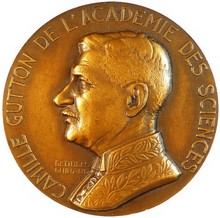
Camille Gutton was a French physicist who specialized in radioelectricity. He was responsible for various theoretical and practical advances. He followed some false leads such as research into the hypothetical N rays, which did not in fact exist, and attempts to explain anomalies in laboratory measurements of radio waves in ionized gases, which he thought might be due to positive ions exerting a quasi-elastic force on electrons. His work on very high frequency radio waves helped with the development of radar. He received various honours for his work, and in 1947 was a candidate for the Nobel Prize in Physics.















